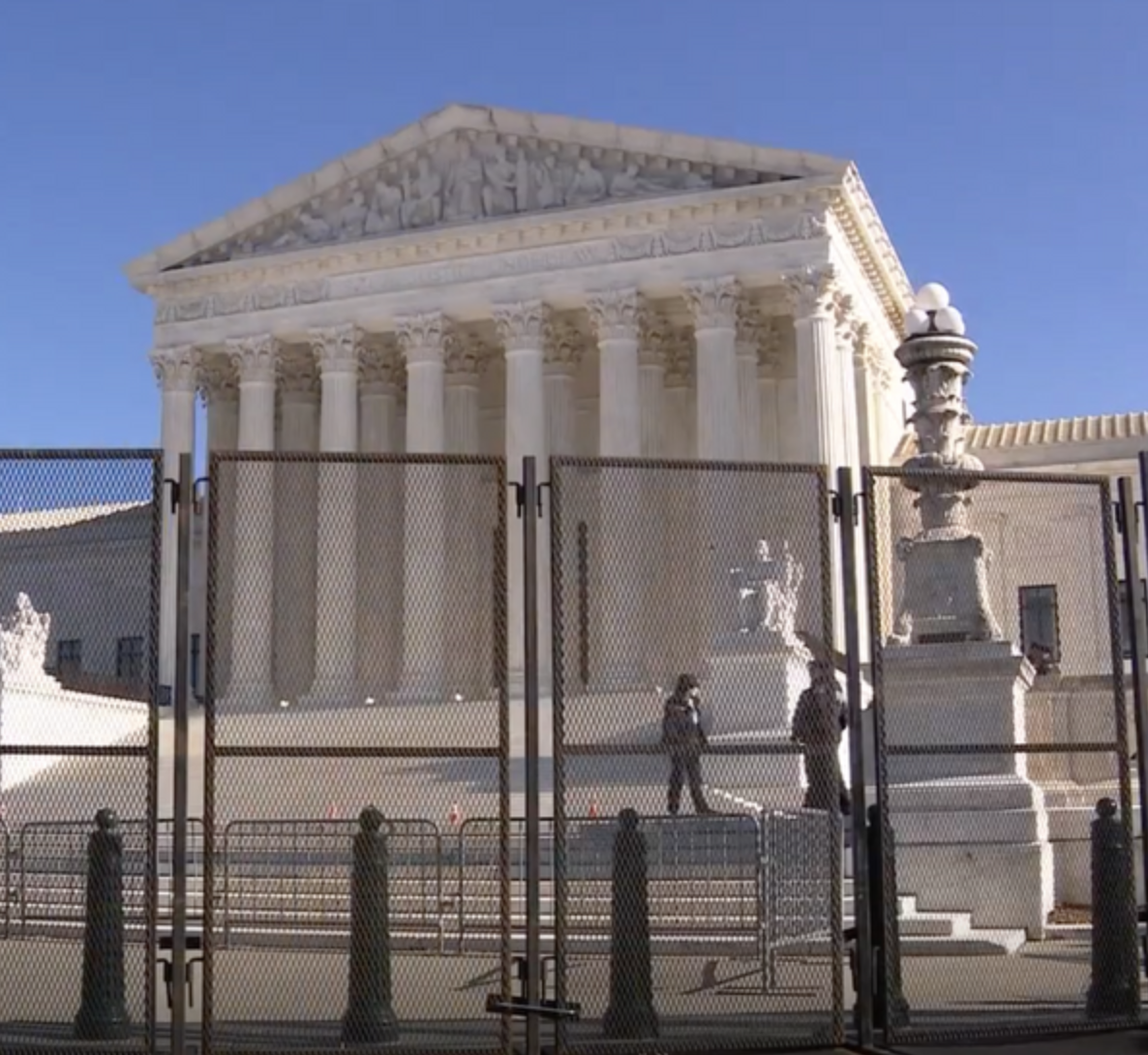These are, of course, small fries compared to decimating women’s health care choices and changing the gun laws for a quarter of the country’s citizens, but since the court’s approval is more under water than it’s ever been, and since trust can’t be regained in one fell swoop, here’s a 10-spot of where to start:
1. Announce that live audio is returning in OT22 — and will be made a permanent policy
The Supreme Court has livestreamed oral argument audio since May 2020, and the “experiment” has been a resounding success, in terms of increasing public access and decreasing crosstalk and interruptions. We all think it’s coming back next term, but now would be an apt time for the court to confirm that and say that it’s not ever going away.
2. Announce that opinion announcements are coming back in OT22
Sure, opinion announcements aren’t holdings, but they have value. They help average people understand the holdings, and reading from a dissent indicates an especially strong feeling about a case and its outcome. OT22 will also be a barn burner, so let’s not miss this opportunity again.
 3. Take down the unscalable fence and reopen the ground floor
3. Take down the unscalable fence and reopen the ground floor
The fence is a symbol of how closed off the court is to the public, and while there’s an argument for increased security nowadays, the institution shouldn’t cordon itself off with military-like barricades, especially during the summer. And with every other historic government building having reopened to tourists, let’s allow the public to visit the ground floor and get their John Marshall and fro-yo fix.
4. Close the leak investigation
With the likely leakers victorious and/or no longer employed by the court given the annual July clerk turnover, now would be a good time to announce that the investigation is over and everyone got their phones back.
5. Draft an ethics code
I’ve written ad nauseam about this, so not too much to add here, but this has been on Chief Justice Roberts’ to-do list since at least March 2019, when Justice Kagan
told a House panel, “The Chief Justice is studying the question of whether to have a code of judicial conduct that’s applicable only to [SCOTUS].”
Maine is serene. It’s temperate. It’s ethical (probably). Write the thing already, Chief.
6. Exert some influence over who sits on the Supreme Court Historical Society’s board
Josh Gerstein’s Friday
bombshell got us thinking about SCHS, whose
board of trustees has to be Washington’s worst club. It includes
fake victims of cancel culture and those who seek to
trick Jews into converting to Christianity,
give Ginni Thomas seed money for her “consulting” business, and straight up
lie (pp. 3-4) in their Questions Presented, not to mention, fittingly, the
GC of Chevron. If you’re going to use the high court’s name, plus, as we expect, its courtroom and Great Hall for events again starting this fall, maybe don’t include so many embarrassments on your board?
7. Post the text of the justices’ speeches online
The justices are famous for their summer travel — by plane, train and RV. Some of this travel will coincide with public events or teaching engagements, but most such engagements are not livestreamed to the public. So at the very least, justices, take one Scalia Law School lecture, post the text
here, and let us know what you’re thinking about these days.
8. Post the justices’ financial disclosures, including Alito’s, online
Last year Reuters’ Nate Raymond discovered, and Lawrence Hurley
reported, that the Supreme Court was considering posting the justices’ annual financial disclosures online. (They made a dropdown menu that only existed for a day.) Now would be a good time to make disclosures a permanent part of the SCOTUS website, and it’d be a good time to release Justice Alito’s disclosure, as he’s the only one of the nine whose 2021 FD
has yet to be released.
9. Revise the historical errors in the Dobbs and Bruen opinions
Plenty of people who are better versed in these cases and issues have made the case better than I’d be able to make it, so I’m not going to add much more, other than to say if we care so much about history and tradition, maybe don’t blatantly cherry-pick the history and don’t favor one tradition over another?
Column 5 is looking a bit empty given the frequency of these errors.
10. Change voter registrations to nonpartisan
With Justice Jackson’s ascension to the high court, that’s kept the number of justices who are registered to vote with a political party at two. But that number should be zero. Justices Kagan, Jackson and Breyer are registered Democrats. Justice Sotomayor is not registered with a political party. Chief Justice Roberts and Justice Kavanaugh are confidential Maryland voters, meaning, among other things, the public can’t learn if they’ve registered with a party. Justice Gorsuch likely is, as well. And it’s almost impossible to obtain the Va. voting records for Justices Thomas, Alito and Barrett.
 3. Take down the unscalable fence and reopen the ground floor
3. Take down the unscalable fence and reopen the ground floor